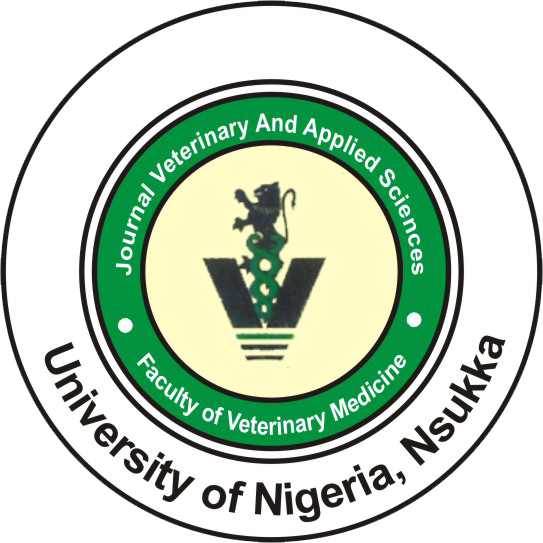University of Nigeria
ISSN: 2315 - 6856
e-ISSN: 2636 - 5553
Journal volumes
Powered by: RockSystems Global Services Ltd.
rocksystemsglobal@gmail.com (+2348035271306)
www.rocksystemsglobal.com
Volume 14, Issue 1: 2024 - Article 128
Abstract
The fruit husks of Parkia biglobosa is used in folk medicine for the treatment of helminthiasis and other infectious diseases. This study determined the phytochemical contents, and evaluated the in vitro antioxidant and anthelminthic activities of Parkia biglobosa fruit husks extracts. Extraction was done by cold maceration method, using acetone, water and methanol, and the yield percentages were 15, 16 and 10%, respectively for each of the solvents. Determination of the phytochemical constituents of the different extracts revealed the presence in them of alkaloids, cardiac glycosides, flavonoids, saponins, phlobotannins, phenols, terpenoids, reducing sugar, volatile oil and tannins at varied levels. Total phenolic and total tannin contents were higher in acetone extract with the values of 87.2 ± 0.0 µg GAE/g and 88.0 ± 0.0 µg GAE/g, respectively while the total flavonoid content was higher in methanol extract with the value of 57.3 ± 00 µg QE/g. The antioxidant activity of the extracts was measured using DPPH, hydroxyl and superoxide scavenging assay. Acetone extract had the highest antioxidant activity in DPPH and superoxide assay, with the percentage level of 66.0 ± 0.0 and 56.0 ± 0.0 %, respectively. The in vitro anthelmintic activity of the acetone extract was highest at the concentration of 30 µg/ml, and larva paralysis and death occurred at 6.7 ± 1.7 and 16.7 ± 1.7 minutes, respectively, when compared to the albendazole (positive control), which had the time for larva paralysis and death of 16.7 ± 0.0 and 13.3 ± 1.6 minutes, respectively. The results of this study strongly suggest that the fruit husk of Parkia biglobosa is a source of natural antioxidants and anthelmintic.
Keywords: Parkia biglobosa; Fruit husk extracts; Phytochemical constituents; Antioxidant activity; Anthelmintic activity.
How to cite this article:
Telta AD, Adamu M, Onyeyili P, Bosha J and Upev V (2024). Phytochemical analysis and evaluation of the antioxidant and in-vitro
anthelmintic activity of Parkia biglobosa fruit husk extracts. Journal of Veterinary and Applied Sciences, 14(1): 354 – 366.
*Correspondence: E-mail: ayubatel@gmail.com Phone: +23408062545410

Phytochemical analysis and evaluation of the antioxidant and in-vitro anthelmintic activity of Parkia biglobosa fruit husk extracts
Ayuba D. Telta 1 *, Mathew Adamu 2, Patrick Onyeyili 3, Joel Bosha 3 and Vincent Upev 4
1 Department of Veterinary Pharmacology and Toxicology, Faculty of Veterinary Medicine, University of Maiduguri, Borno State, Nigeria.
2 Department of Veterinary Parasitology, College of Veterinary Medicine, Joseph Sarwuan Tarka University, Makurdi, Benue State, Nigeria.
3 Department of Veterinary Pharmacology and Toxicology, College of Veterinary Medicine, Joseph Sarwuan Tarka University, Makurdi, Benue State, Nigeria.
4 Department of Veterinary Physiology and Biochemistry, College of Veterinary Medicine, Joseph Sarwuan Tarka University, Makurdi, Benue State, Nigeria.
Download .pdf copy here >>






